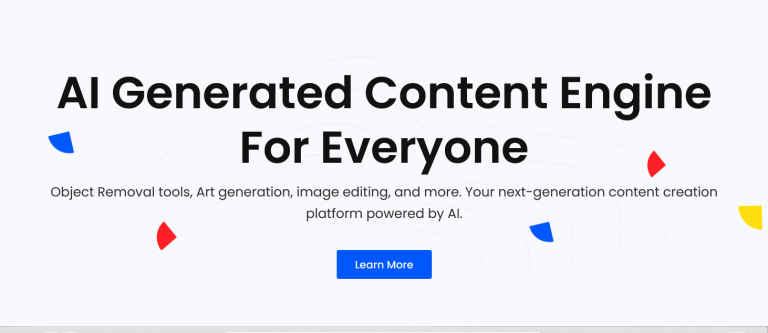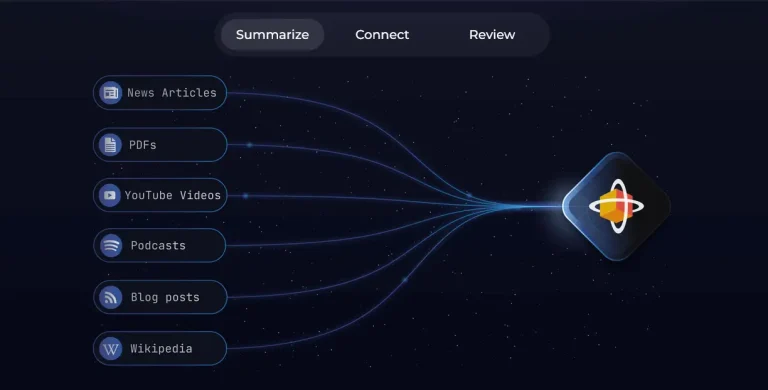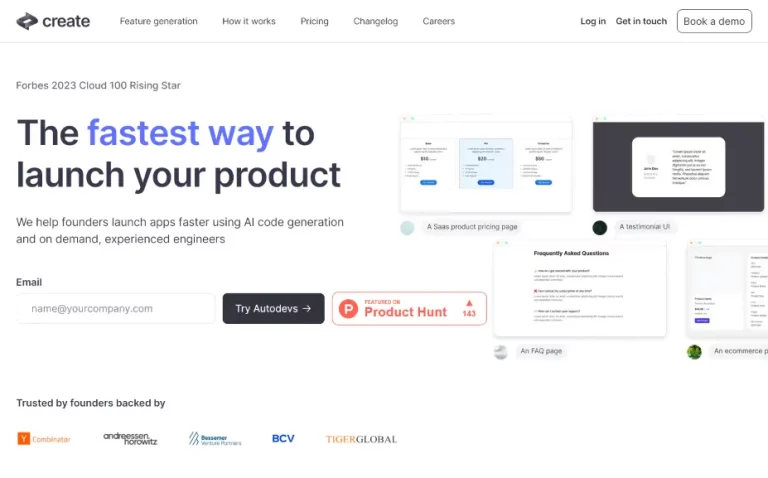ZMO.ai can be a valuable tool for software development teams and QA professionals seeking to automate testing, improve efficiency, and enhance test coverage. However, understand its limitations regarding test types, black-box testing, data dependence, and integration complexity. Evaluate your specific testing needs, team skillsets, and budget before making a decision. Remember, successful testing requires a combined approach using both automated and manual testing methods, ensuring comprehensive coverage and quality assurance.
Features:
- AI-powered test script generation: Automatically generate test scripts based on your requirements and specifications, saving time and effort.
- Data-driven testing: Leverage data sets and test libraries to create comprehensive and reliable test cases.
- Visual scripting: Build test scripts visually using a drag-and-drop interface, even without coding knowledge.
- API testing: Automate API testing for web applications and mobile apps.
- Mobile testing: Automate testing for Android and iOS applications.
- Performance testing: Analyze application performance under load and identify bottlenecks.
- Cross-browser testing: Test applications across different browsers and operating systems.
- Collaboration tools: Share test cases and reports with team members for efficient collaboration.
- Integrations: Integrates with popular CI/CD tools and project management platforms.
Potential Uses:
- Software development: Automate functional and regression testing throughout the development lifecycle.
- QA and testing teams: Increase testing efficiency and reduce manual effort.
- DevOps teams: Integrate automated testing into your CI/CD pipeline.
- Non-technical testers: Create test scripts even without coding knowledge.
- API testing: Ensure APIs function as expected and comply with specifications.
- Mobile app testing: Automate testing for different devices and operating systems.
- Performance testing: Identify and address performance issues before deployment.
Benefits:
- Increased testing efficiency: Automate repetitive tasks and test larger volumes of functionality, saving time and resources.
- Improved test coverage: Generate comprehensive test cases based on diverse data sets and scenarios.
- Reduced human error: Minimize errors caused by manual testing, leading to more reliable results.
- Early defect detection: Identify bugs and regressions early in the development cycle, reducing cost and rework.
- Faster time to market: Streamlined testing processes expedite release cycles.
- Easy collaboration: Share test cases and reports with team members for better communication and feedback.
- Improved test maintenance: Automatically update test scripts with code changes, reducing maintenance effort.








